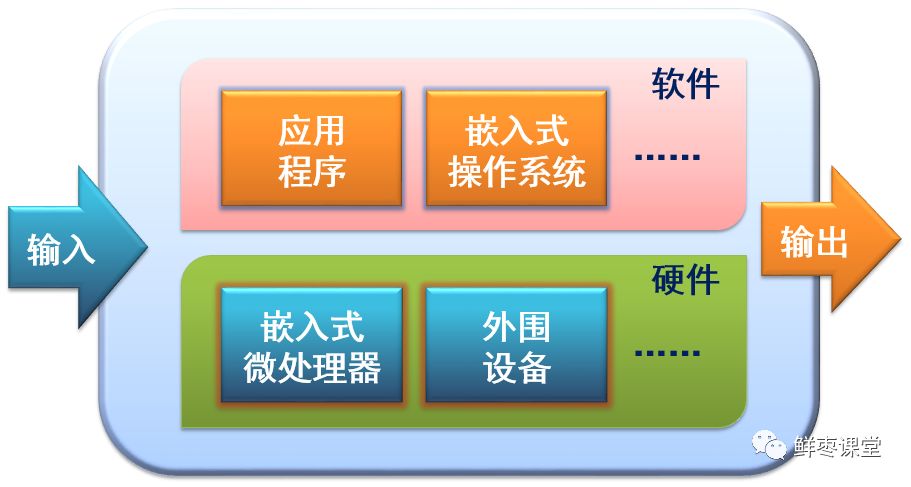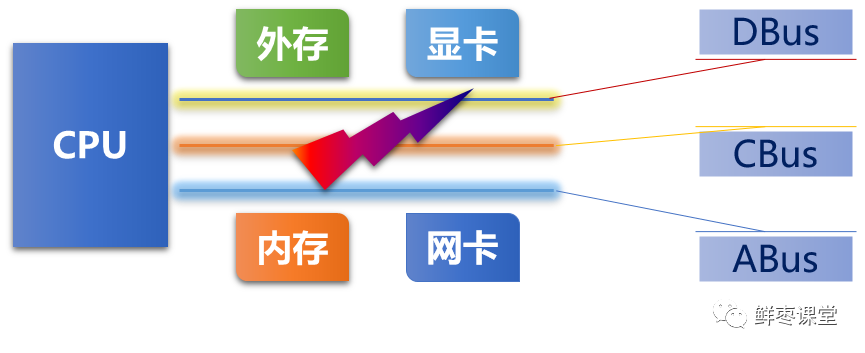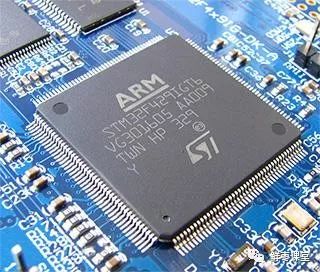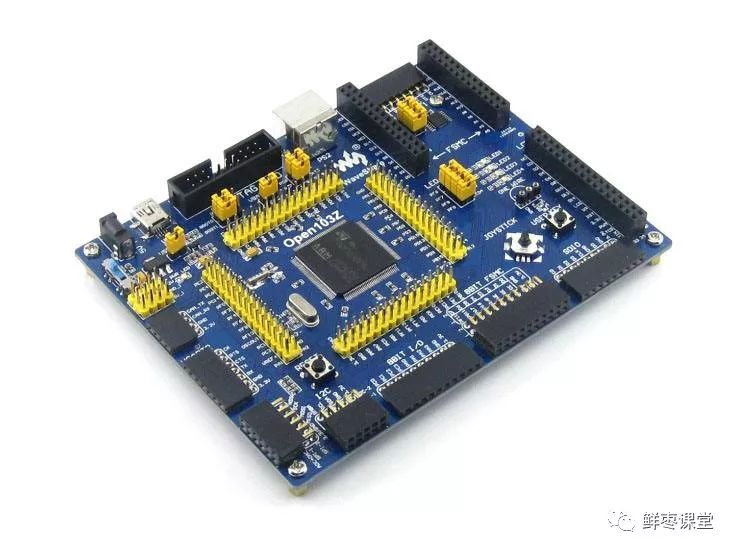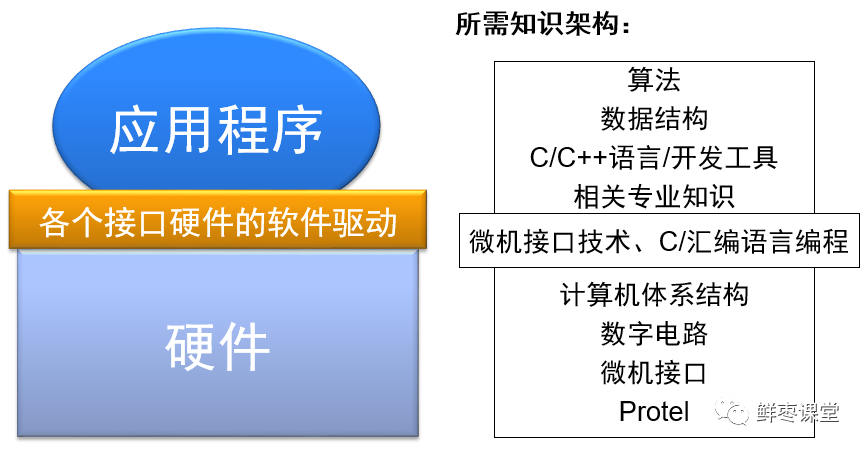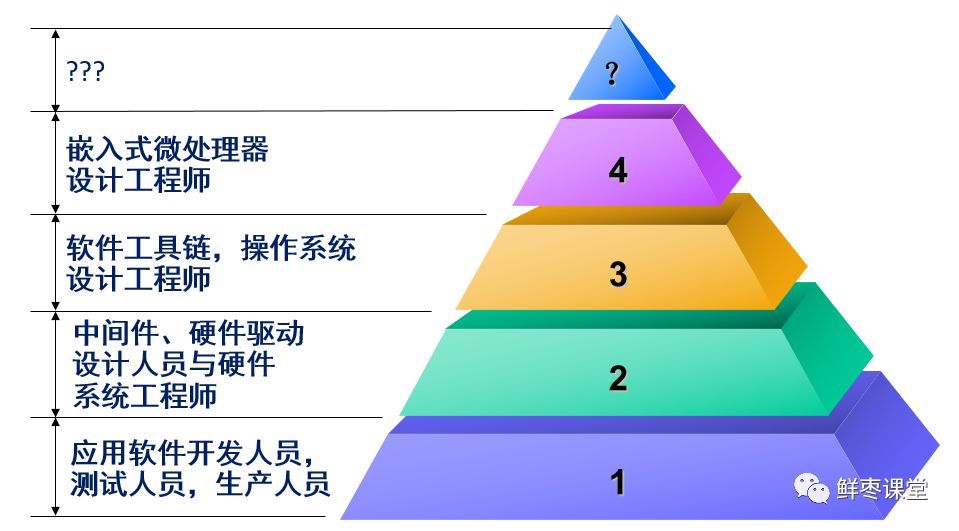
Anyone working in information technology must have heard of embedded systems and microcontrollers.
It is well known that these two terms are closely related to hardware systems.
However, if you ask what embedded systems are and what microcontrollers are, and what the differences between them are, I believe most people cannot explain clearly.
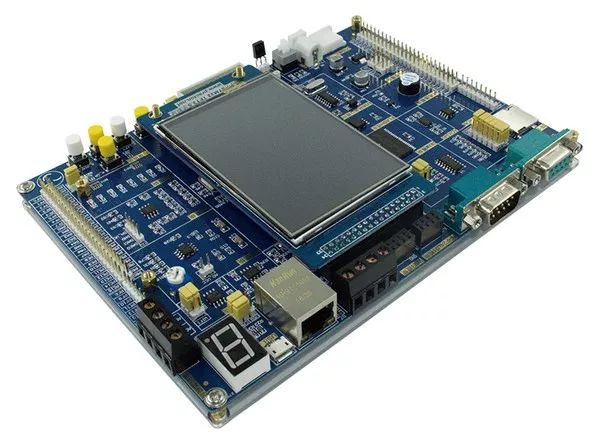
Today, I will provide an introductory explanation to reveal the answers to the above questions.
At the same time, I will also briefly explain what we commonly refer to as 51 and STM32.
First, let’s take a look at what embedded means.
Embedded generally refers to embedded systems, known in English as: embedded systems. Embedded development is actually the development of embedded systems.
The IEEE (Institute of Electrical and Electronics Engineers) defines embedded systems as: “devices used to control, monitor, or assist the operation of machines and equipment.”
The definition in the domestic academic community is more specific and easier to understand:
Embedded systems are application-centered computer systems based on computer technology, with customizable software and hardware, suitable for specialized computer systems with strict requirements for functionality, reliability, cost, size, and power consumption.
Being application-centered means that embedded systems have clear practical uses. Being based on computer technology indicates that it is essentially a special type of computer. The ability to customize software and hardware shows it has strong flexibility and customization capabilities.
As a specialized computer system, the term “specialized” contrasts with “general-purpose”. Common personal PCs, laptops, and data center servers can be used for multiple purposes, which are considered “general-purpose computer systems”.
What specific specialized directions do embedded systems apply to?
-
Personal Communication and Entertainment Systems: mobile phones, digital cameras, music players, wearable electronics, PSP game consoles
-
Home Appliances: digital TVs, robotic vacuum cleaners, smart home appliances
-
Office Automation: printers, copiers, fax machines
-
Medical Electronics: biochemical analyzers, blood analyzers, CT machines
-
Network Communication Products: communication switching devices, network equipment (switches, routers, network security)
-
Automotive Electronics: engine control, safety systems, automotive navigation and entertainment systems
-
Industrial Control Products: industrial computers, interactive terminals (POS, ATMs), security monitoring, data collection and transmission, instrumentation
-
Military and Aerospace Products: drones, radar, combat robots
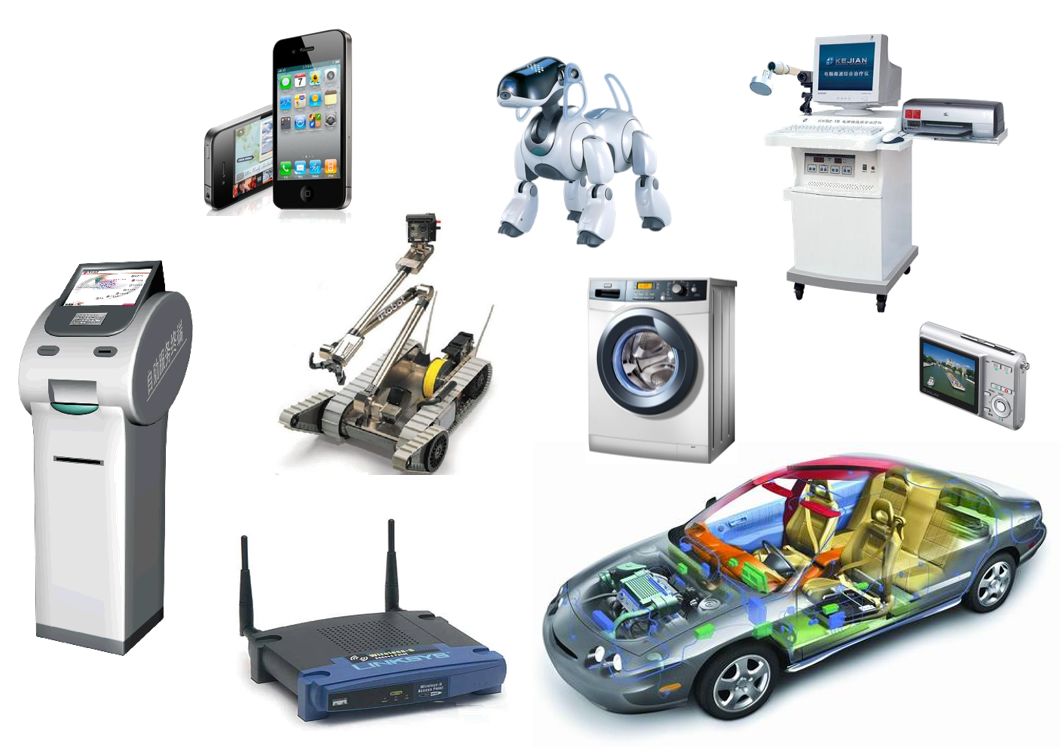
Application Fields of Embedded Systems
All of the above fields utilize embedded systems. This is just the tip of the iceberg.
It can be said that embedded systems completely surround us, constantly influencing our work and life.
Since embedded systems are computer systems, they must involve hardware and software.
A typical architecture of an embedded system is as follows:
Note that the most important components are the embedded operating system and embedded microprocessor.
From a hardware perspective, an embedded system is a multi-module system centered around a processor (CPU) connected via a bus:
The following image is a physical example of an embedded system:
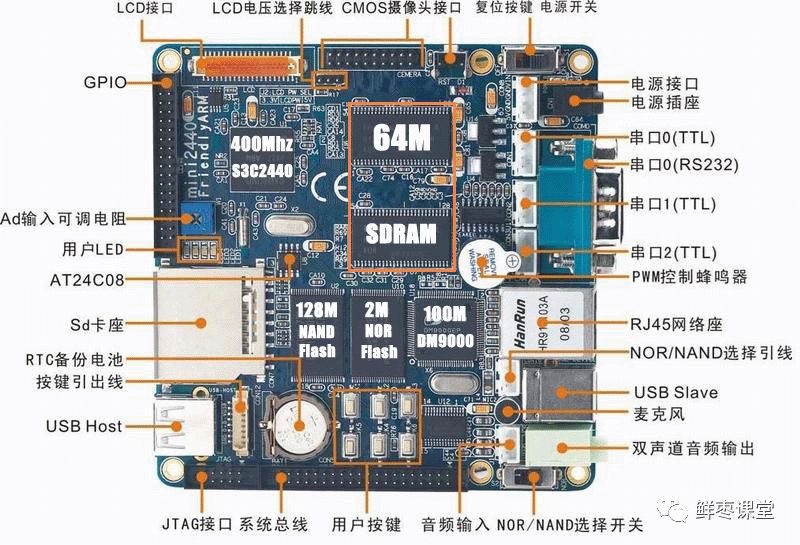
In the upper left corner, S3C2440 is the CPU, the middle is RAM, and there are also ROM, network cards, serial ports, power supplies, etc. It can be seen that although embedded systems are small, they are fully equipped.
▉ What is a Microcontroller?
The core of an embedded system is the embedded processor. Embedded processors are generally divided into the following typical types:
MCUs integrate ROM/RAM, bus logic, timers/counters, watchdogs, I/O, serial ports, A/D, D/A, FLASH, etc.Typical representatives are 8051, 8096, C8051F, etc.
DSP processors are specifically designed for signal processing, with special design in system structure and instruction algorithms. They are widely used in digital filtering, FFT, and spectrum analysis. Typical representatives are TI (Texas Instruments) TMS320C2000/C5000 series.
MPUs evolved from general-purpose processors, have higher performance, and possess rich peripheral interfaces.Typical representatives include AM186/88, 386EX, SC-400, PowerPC, MIPS, ARM series, etc.
Additionally, there are Embedded System on Chip (SoC) and Programmable System on Chip (SoPC).
The microcontroller we refer to belongs to the first type—MCU (Embedded Microcontroller).

Let’s take a closer look at it.
A microcontroller, also known as a single-chip microcontroller, is called a Single-Chip Microcomputer in English.
It is essentially an integrated circuit chip that integrates CPU, RAM, ROM, I/O, interrupt systems, timers/counters, and other functions onto a single silicon chip, becoming a super compact computer.
So, isn’t a microcontroller an embedded system? Hold on, let’s take a look further.
“Microcontroller” is actually an old term. In the past, when semiconductor technology was not mature, different functions could not be integrated into a single chip, leading to the existence of multi-chip systems. Now, semiconductor technology has advanced significantly, eliminating the need for multi-chip systems. However, the term “microcontroller” has been retained until today.
Many university professors like to emphasize that microcontrollers are “single” not only because they refer to a single silicon chip, but more so because the functionality of microcontrollers is single; they are single modules that perform operations, logical control, communication, etc. Even if their performance is powerful, their functionality remains singular.
Microcontroller technology was born in the late 1970s; early versions were 4-bit, later evolving to 8-bit, 16-bit, and 32-bit. Its true rise was during the 8-bit era.8-bit microcontrollers were powerful and widely used in industrial control, instrumentation, home appliances, and automotive fields.
When studying microcontrollers, we often hear two terms—51 microcontroller and STM32. Let me introduce what they actually are.
The 51 microcontroller is actually a collective term for a series of microcontrollers. This series of microcontrollers is compatible with the Intel 8031 instruction set. Their ancestor is the Intel (Intel) 8004 microcontroller.
Note that the 51 microcontroller is not exclusively a product of Intel. Companies such as ATMEL, Philips, Winbond, Dallas, Siemens, and STC also have many products that belong to the 51 microcontroller series.
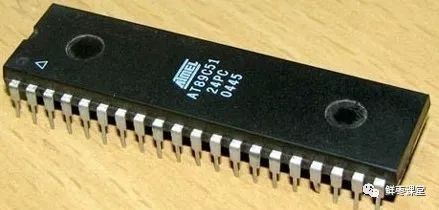
ATMEL’s 51 microcontroller, AT89C51
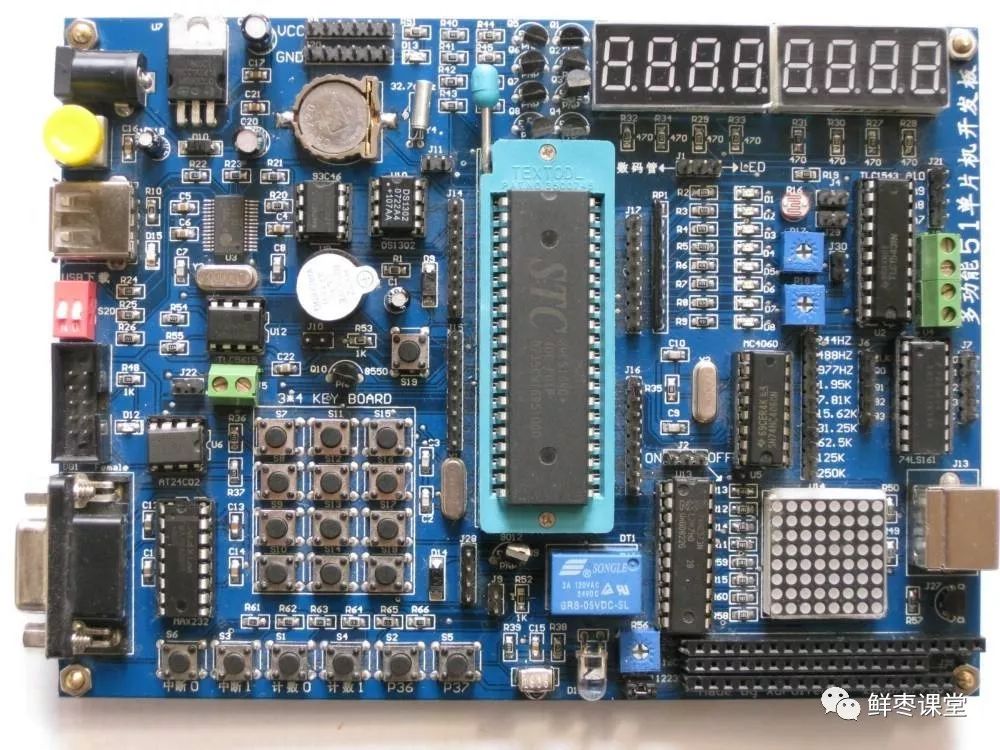
This is a development board for the 51 microcontroller; the chip in the middle is the 51 microcontroller.
The 51 microcontroller was the most mainstream and widely used microcontroller on the market for a long time, occupying a large market share.
Currently, the 51 microcontroller has no technical advantages; it is an old technology. Its persistent vitality is attributed not only to its past popularity but also to Intel’s complete openness of the 51 core copyright.
Therefore, any organization or individual can use the 51 microcontroller without concern, without payment, and without copyright risk.
Additionally, the 51 microcontroller has a strong existing user base and community support. Many old projects used the 51 microcontroller, and for cost considerations, sometimes upgrades can only continue using the 51 microcontroller technology. Moreover, many older engineers are proficient in 51 microcontroller development technology. Thus, the vitality of the 51 microcontroller continues to endure.
Now, let’s take a look at STM32.
STM32 is a general-purpose microcontroller based on the ARM Cortex-M core launched by STMicroelectronics.
STMicroelectronics is one of the world’s largest semiconductor companies, established in June 1987, formed by the merger of Italy’s SGS Microelectronics and France’s Thomson Semiconductor. In May 1998, SGS-THOMSON Microelectronics changed its name to STMicroelectronics.
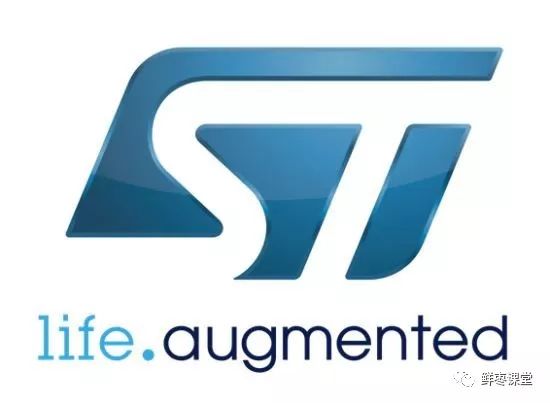
STMicroelectronics LOGO
ARM is a company I previously introduced to you. It is currently one of the best companies in chip design, leveraging the rapid development of mobile phone chips to rise and occupy a large share of the IoT market.
In the field of microcontrollers, ARM’s Cortex-M core has overwhelming advantages and has become the absolute mainstream. Many semiconductor companies have abandoned their original architectures and switched to ARM architecture microcontrollers.
STM32 Microcontroller Development Board
The hardware configuration of STM32 can meet most IoT development needs, and the development tools and related documentation are complete, making it the first choice for microcontroller learning today.
▉ Differences Between Embedded Systems and Microcontrollers
Now that we have discussed this, let’s look at the differences between embedded systems and microcontrollers.
From the previous introduction, embedded systems are a broad category, while microcontrollers are an important subclass within it. Embedded systems are like complete computers, while microcontrollers resemble computers without peripherals.
Previously, the hardware distinctions were quite clear, as microcontrollers included fewer components. However, with the rapid advancement of semiconductor technology, various hardware functionalities can now be integrated into microcontrollers. Thus, the hardware differences between embedded systems and microcontrollers are becoming less pronounced, and the boundaries are becoming increasingly blurred.
As a result, people tend to differentiate them based on software.
In terms of software, the industry often refers to systems that do not include an MMU (Memory Management Unit) and therefore do not support virtual addresses, running bare metal or real-time operating systems (RTOS) such as uCos, Huawei LiteOS, RT-Thread, FreeRTOS, etc., as microcontrollers (e.g., STM32, NXP LPC series, NXP imxRT1052 series, etc.).
At the same time, systems that come with an MMU that supports virtual addresses and can run “advanced” operating systems like Linux, VxWorks, WinCE, and Android are referred to as embedded systems.
Sometimes, microcontrollers themselves can be powerful enough to function as embedded systems. They are more cost-effective, and the difficulty of development and maintenance is relatively lower, especially for more targeted applications. In contrast, embedded systems theoretically have stronger performance and broader applications, but they are more complex and challenging to develop.
▉ Learning Value of Embedded Systems and Microcontrollers
Finally, let’s discuss the learning value of embedded systems and microcontrollers, and whether it is necessary to learn about them.
In recent years, a saying has been widely circulated: “Software is king.” It is generally believed that the value of software knowledge far exceeds that of hardware, and learning software and pursuing a career in software will be easier for finding jobs, achieving higher income, and having more promising careers.
Embedded systems and microcontrollers are often categorized as “hardware” directions and are looked down upon. Additionally, the learning difficulty of embedded systems and microcontrollers is relatively high, requiring a long learning cycle and a lengthy “trial” process, leading to more people abandoning this path.
I believe this perspective is incorrect.
First, embedded systems and microcontrollers are not purely “hardware” fields. As I mentioned earlier, they are a close integration of software and hardware.
If you want to excel in embedded systems and microcontrollers, merely understanding hardware knowledge such as digital circuits and microcontroller interfaces is not enough; you also need to learn assembly, C/C++ languages, data structures, and algorithms.
Having the ability to integrate software and hardware is far more valuable than merely mastering a programming language.
Secondly, embedded systems and microcontrollers have a wide range of application scenarios, with project and talent demands in various fields.
According to authoritative statistics, the annual talent gap for embedded systems in our country reaches as high as 500,000. Especially embedded software development is one of the hottest and most sought-after professions in the coming years. Senior embedded engineers with 10 years of experience can earn an annual salary of around 300,000 to 500,000 yuan.
Moreover, our country is currently vigorously developing the chip industry, which will boost employment for embedded talents and improve compensation.
With the deepening of 5G construction, society is moving towards the direction of “Internet of Everything”. IoT technology will also usher in unprecedented historical opportunities. Embedded systems and microcontroller technology are important components of IoT technology and will enter a fast track of development.
Therefore, despite the challenging learning process, I still recommend that aspiring young people pay attention to this field. The more difficult the technology, the tougher the process, the more it helps to build competitive barriers. In the later stages, personal value can be further realized.
Previous Hot Articles (Click on the title to read directly):
-
-
How IoT Works: Network Connections
-
Four Core Principles of IoT Security
-
AI May Lead a New Model of Air Combat
-
“Narrowband IoT” Will Land in Consumer Industries
-
Artificial Intelligence is Liberating Chemists’ Hands



